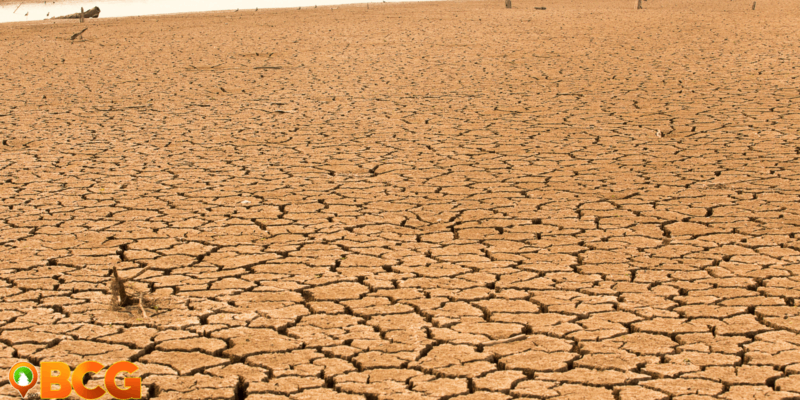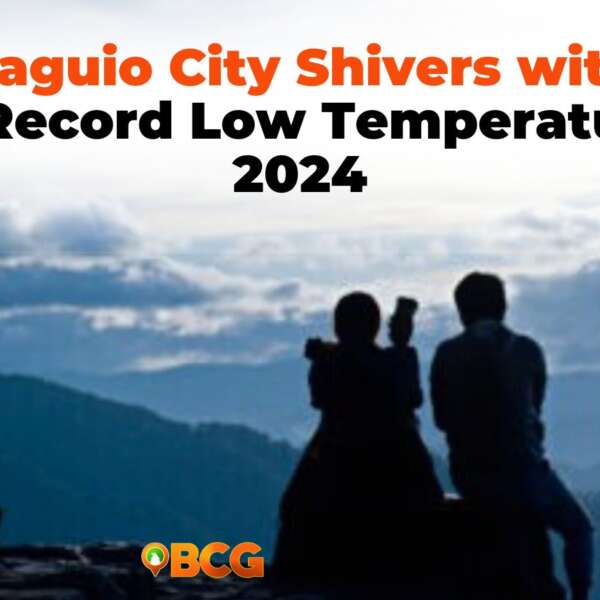El Niño: Understanding Its Effects and Preparing for Its Impact
El Niño is a complex and fascinating weather phenomenon that has significant impacts on the global climate. With its effects felt across various parts of the world, it is crucial to understand the science behind El Niño, its consequences, and how to prepare for it. Here’s an overview of this phenomenon, highlighting its effects on specific regions and offering guidance on how to prepare for El Niño events.
Understanding El Niño
El Niño, Spanish for “the little boy,” is a climate pattern characterized by the warming of surface waters in the tropical Pacific Ocean. It occurs approximately every two to seven years, typically lasting between nine months to two years. El Niño is part of the El Niño-Southern Oscillation (ENSO) cycle, which includes both the warm El Niño phase and the cold La Niña phase.
Effects of El Niño Around the World
North America
During El Niño events, North America experiences warmer-than-average winters in the northern regions, while the southern regions witness cooler and wetter conditions. This can lead to increased precipitation, flooding, and landslides in California, while the Great Lakes region and Northeast might experience milder winters with less snowfall.
South America
Countries along the western coast of South America, such as Peru and Ecuador, experience heavy rainfall and flooding during El Niño. This can lead to severe agricultural and economic consequences, as well as landslides and infrastructure damage.
Australia and Southeast Asia
Australia, Indonesia, and the Philippines typically face drier-than-normal conditions during El Niño events. This can result in droughts, water shortages, and an increased risk of wildfires.
Africa
Eastern Africa, including countries like Kenya and Ethiopia, usually experience wetter-than-normal conditions during El Niño. This can lead to flooding and a heightened risk of diseases like malaria. Conversely, Southern Africa may experience drier conditions, which can contribute to droughts and water shortages.
Preparing for El Niño
Stay Informed
Monitor weather forecasts and keep track of El Niño updates from reliable sources such as the National Oceanic and Atmospheric Administration (NOAA). Staying informed will help you anticipate and prepare for potential impacts.
Develop a Preparedness Plan
Create a plan for your home or business to address potential risks associated with El Niño, such as flooding, landslides, or drought. This may include having an emergency supply kit, evacuation plans, and knowing how to shut off utilities in case of a disaster.
Protect Your Home and Property
Take preventive measures to safeguard your property from El Niño-related hazards. This could involve clearing gutters and drains, reinforcing roofs and windows, and installing flood barriers or sump pumps.
Conserve Water
In regions prone to drought during El Niño, practice water conservation by reducing water usage, implementing water-efficient landscaping, and investing in water-saving appliances.
Conclusion
El Niño is a significant weather phenomenon with wide-ranging effects on different parts of the world. By understanding the science behind El Niño and its potential impacts, communities can better prepare for and mitigate the risks associated with this powerful climate pattern.















